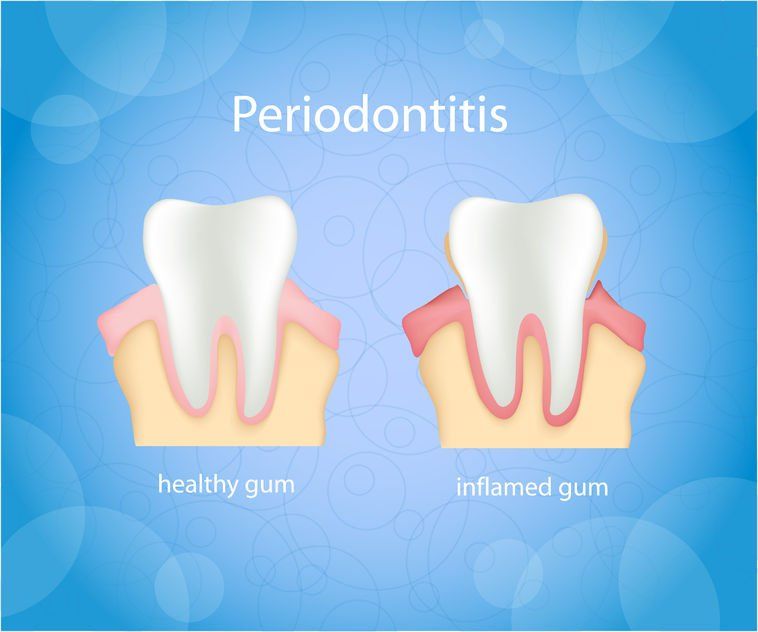The Warning Signs of Periodontitis
- By Mary Marks
- •
- 15 Aug, 2019
- •

Periodontitis, also known as gum disease, is often a silent disease, with symptoms that are neglected for a long time, until the discomfort and the visible signs become difficult to endure. In advanced stages, gum disease is a painful condition that is accompanied by embarrassing symptoms, such as bad breath and inflammation, but fortunately, the condition can be detected early and treatment in the early phases is also easy. Here are some of the signs that you should not neglect:
- Bleeding – if you notice any bleeding during tooth brushing, flossing or when you chew on some sort of hard food and the issue seems to persist, it might indicate incipient periodontitis and the need to get a deep cleaning from a sedation dentistry Denver dentist;
- Red, tender, swollen or painful gums – ideally, gums are pink, shiny and unnoticed. If your gums show any changes that cause you discomfort, you might experience another symptom of gum disease;
- Receding gums – if you see that your gum is pulling away from your teeth, it is an indicator of gum disease that you should tell your dentist about right away;
- Sores in the mouth – everyone gets a sore occasionally, but if you seem to get them all the time, the issue might indicate periodontitis in the early stage.





Although oral sedation dentistry Highlands Ranch is one of the optionsavailable for managing anxiety and discomfort during oral surgery, you certainly do not need to use it all the time. As a matter of fact, the exact type of sedation or anesthesia that you receive during oral procedures may depend on various factors, such as the complexity of the procedure, your medical problems, as well as your doctor’s preferences.
There can be several different levels of sedation that can be used in oral surgery. Local anesthesia is one of them. This involves injecting anesthetic medication into the specific area where the surgery will take place. It numbs the area and is often used for less invasive procedures.
Oral sedation involves taking medication in the form of a pill to induce a state of relaxation and drowsiness. The patient is still conscious, but he/she may not be fully aware of the procedure. At any rate, sedation helps him/her get rid of anxiety.
In the case of intravenous sedation, medication is administered through a vein, which induces a deeper state of sedation than oral sedation. Patients may still be conscious, but they are less aware of their surroundings and may not remember the procedure.





